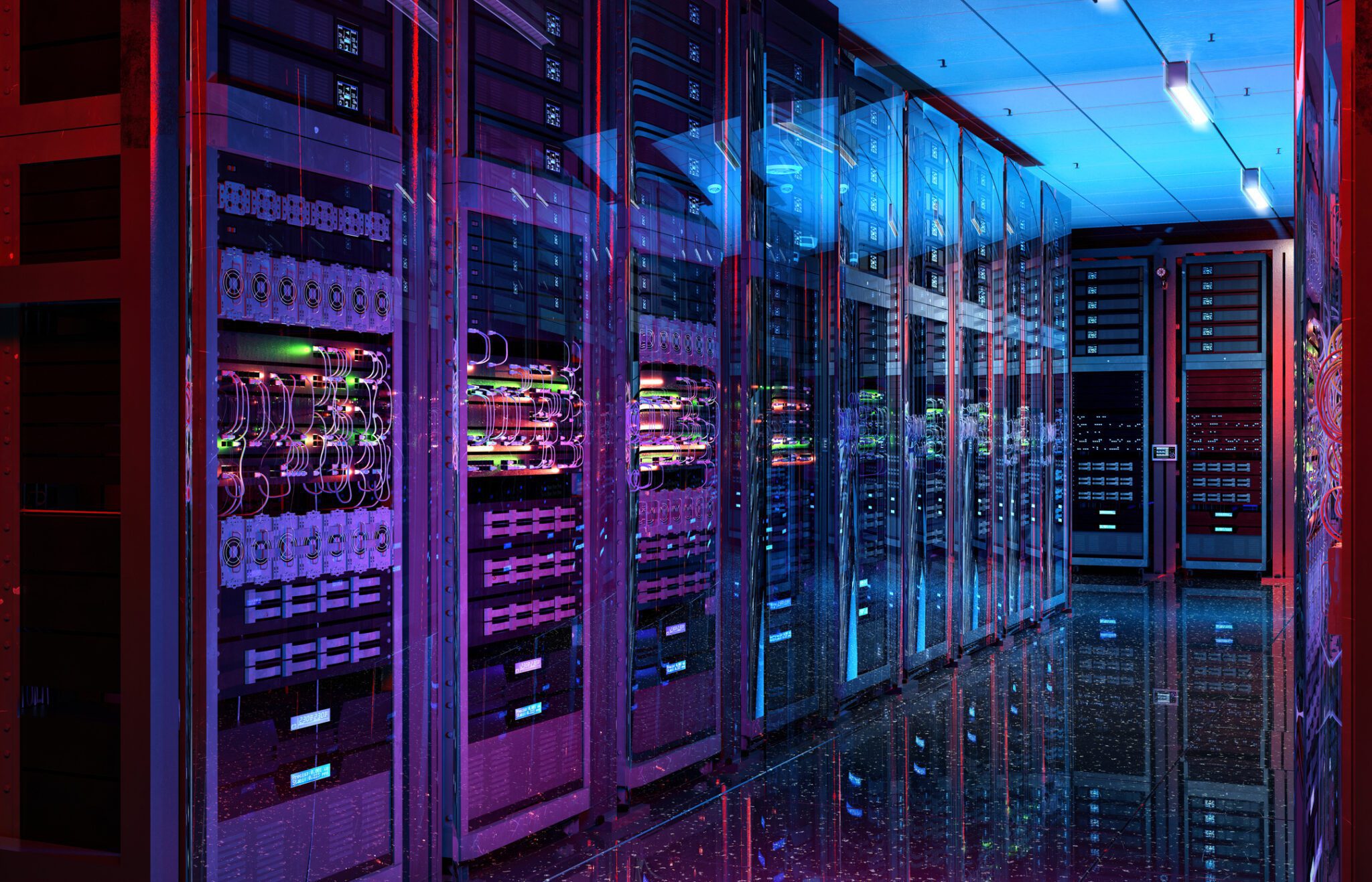This blog was written by Alex Walker, Program Manager, Climate Finance and Aliénor Rougeot, Senior Program Manager, Climate and Energy
Artificial Intelligence (AI) and data centres have quietly grown into the invisible super-engine powering our daily lives. Every Google search, email sent, photo posted, show streamed and online purchase involves a data centre. Equally, every Netflix suggestion, map re-route, “Okay, Google” or “Alexa”, or Face-ID phone unlock uses AI.
For all of these conveniences, very few of us know what it takes to make these seemingly small interactions possible. Through this three-part blog series, we’ll examine the hidden environmental consequences of AI and data centres, and what we, at Environmental Defence, think our government should do about it.
What is Artificial Intelligence?
AI refers to computer systems designed to perform tasks that would typically require human intelligence. Unlike traditional software that follows predetermined instructions, AI systems can learn from data, identify patterns, and make decisions with varying degrees of autonomy.
ChatGPT, Google Gemini or DALL-E have all introduced AI to the broader public.
For every AI model, there are two phases: training and inference. Training involves building a computer algorithm, and inputting vast amounts of data to show the algorithm how to perform its task. Inference involves presenting a trained AI algorithm with a problem and receiving an answer. Both stages require significant energy use.
Data Centres: The Physical Infrastructure Behind AI
Although we often refer to digital interactions as taking place in “the cloud”, AI runs on very physical infrastructure called data centres. Data centres house rows and rows of servers. A server is a computer program or device that provides a service to another computer program and its users. Your computer at home connects to a server via the Internet, and everything that you access on the internet is stored on a server somewhere in a data centre, including Netflix shows and your emails. Video and image based applications have historically been the largest driver of data centre computational usage, until the boom of AI.
Hyperscale data centres operated by companies like Amazon Web Services, Google Cloud, and Microsoft Azure can span millions of square feet and house thousands of servers. These facilities operate 24/7, consuming vast amounts of electricity and require extensive cooling systems to prevent overheating.
Canada’s AI Landscape
Although Canada is not a global AI superpower, it still is an important site of research, development and infrastructure. Currently, there are 239 data centres across the country, with major concentrations in Toronto, Montreal, Vancouver, Calgary, Edmonton, Winnipeg, and Québec City.
This footprint is rapidly expanding. It is estimated that if all data centre projects currently under regulatory review in Canada proceed, they could account for a staggering 14 per cent of Canada’s total power needs by 2030. This growth is being actively encouraged by some provincial governments seeing economic development opportunities.
Alberta has been particularly aggressive in this pursuit, releasing a comprehensive data centre strategy in 2024 designed to attract facilities to the province. The most ambitious proposal is a $2.8 billion data centre park in Grande Prairie. Championed by businessman “Mr Wonderful” aka Kevin O’Leary, the proposed “Wonder Valley AI Data Centre” would become the world’s largest AI data centre park, with an initial phase featuring 1.4GW of capacity powered by a combination of geothermal energy and natural gas.
Canada has begun to make some early attempts at AI regulation. The federal government began to study Bill C-27 in 2022, which included the Artificial Intelligence and Data Act, but it did not pass before Parliament was prorogued in early 2025. This bill did not address any of the environmental issues associated with AI and data centres. Ontario passed Bill 194 in 2024, which focuses on the use of AI in the public sector, though again it did not address the environment.
In Part 2 of our series, we’ll examine the specific environmental impacts of data centre infrastructure: its water consumption, energy demand, and material footprint. Stay tuned for the next installment in our series as we continue to explore the hidden environmental footprint of AI and what it means for Canadians and our environment.









